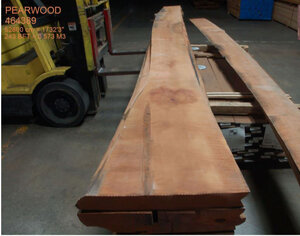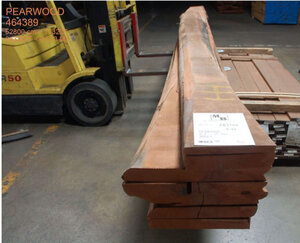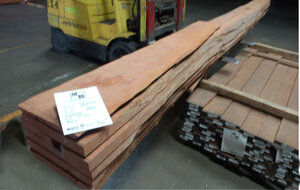Thank you for the information, I did wonder myself about it.
For my loud speakers at home they are all Cherry wood, even from different manufacturers, Tannoy and PMC. The PMC speakers I had to wait a few months to get them made as they were not available "off the shelf" so to speak, over the years they have gradually darkened even in my bat cave of a cinema.
For my loud speakers at home they are all Cherry wood, even from different manufacturers, Tannoy and PMC. The PMC speakers I had to wait a few months to get them made as they were not available "off the shelf" so to speak, over the years they have gradually darkened even in my bat cave of a cinema.









